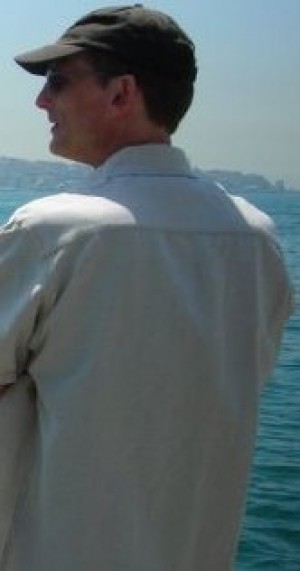Matthias Felleisen grew up in Germany and came to the United States at the age of 21.In 1987, he received his doctorate from Daniel P. Friedman, with whom he had also rewritten The Little Lisper, his first book. At this point, The Little Lisper has been in print for nearly 35 years, an incredible...
show more
Matthias Felleisen grew up in Germany and came to the United States at the age of 21.In 1987, he received his doctorate from Daniel P. Friedman, with whom he had also rewritten The Little Lisper, his first book. At this point, The Little Lisper has been in print for nearly 35 years, an incredible age in the fast-lived world of programming and programming languages. The book covers the fundamental topic of recursive programming in an entertaining dialog style. While the book summarizes the high level ideas as a collection of ten commandments, the reader must work through the material and formulate lessons on his or her own. Felleisen spent from 1987 through 2001 at Rice University in Houston, Texas, a bustling, always growing city of friendly people. He conducted research on every kind of topic in programming languages; data structures and algorithms for the translation process; the mathematical theory of behavioral equality; and the design of large systems. Many of his ideas came to him while he swam his daily miles in the pool of West University Place, a small town within Houston.One particularly important idea is due to Carrie, the baby sitter that he and his wife Helga used to hire. The sitter would often work on her high school math problems while Felleisen and his wife would go to the symphony or the theatre. One evening Felleisen noticed that the baby sitter had not made any progress on her homework while they had been out for three hours. He showed the baby sitter how to solve her problems, using the ideas in The Little Lisper. The success was surprising and wonderful. The baby sitter's grades jumped dramatically, and Felleisen and his research team started work on a curriculum that synthesizes computer science and mathematics for novice programmers. Felleisen and his doctoral students wrote a book on this idea, How to Design Programs, and spent the last fifteen years educating teachers and faculty colleagues about it. For this work, Felleisen received the Karl Karlstrom Award in 2009, the major recognition by the professional computer science organization (ACM) for individuals who make critical contributions to the field. Felleisen and his wife now live in Maine and Massachusetts. He teaches at Northeastern University in Boston and continues to conduct research in programming languages and train PhD students in this central field of computer science.
show less

